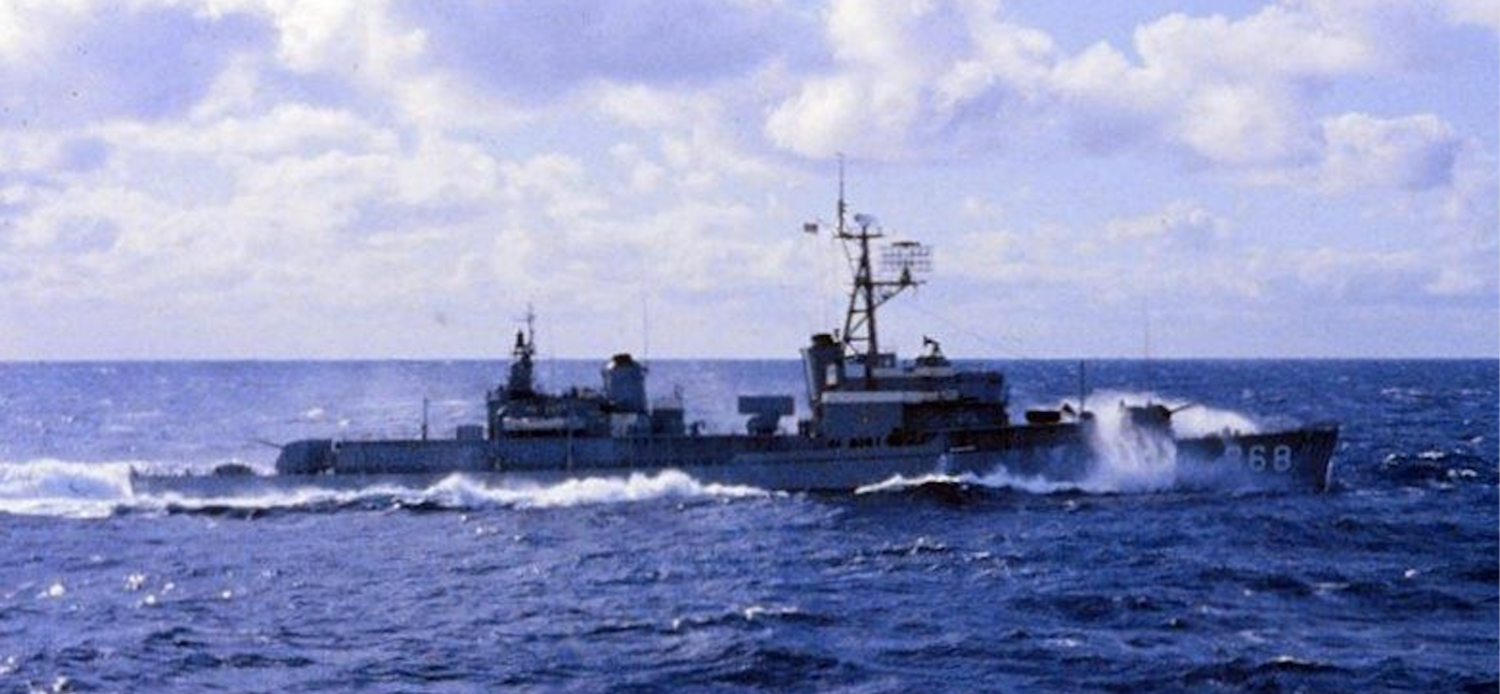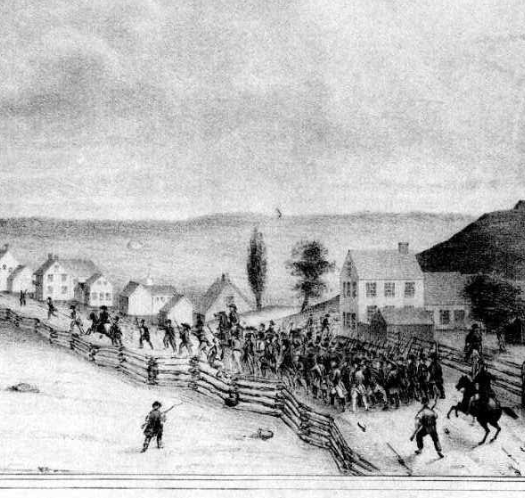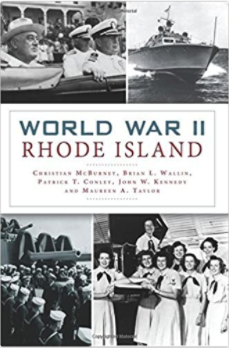The Korean War was raging during my college years and I was certain, on graduation, that I would be drafted into the army. I reduced my options to one of two: attend graduate school or join the Navy. I had a love of the ocean and very little money so I did the latter. This led to sixteen weeks of Officer Candidate school followed by eight weeks of Communication School at the Newport Naval Base. During this time I was impressed by the graceful lines of the destroyers moored “out in the stream” off the Point Section. Some said they were greyhounds of the sea, while others called them tin-cans or sub-killers.
It was a popular book, The Caine Mutiny by Herman Wouk (Doubleday, 1952) that made me want to serve on one of these formidable fighting ships. Just before graduation, however, we were told that they were not taking any more destroyer officers and my heart sank. I did not want to serve on an aircraft carrier, oil tanker, mine sweeper, or worse, an ammunition ship. Fortunately, at the last minute, they decided to accept twenty more graduates for the destroyers. I was one of them, probably because I did some sailing and was accustomed to the pitching and rolling of small boats. As an extra bonus, we were to meet Admiral “thirty-one knot” Arleigh Burke of World War II fame. He was known for running his destroyer squadron at flank speed into the battles of the Pacific. We met him for coffee in his office aboard the destroyer tender Yellowstone in Melville. He told us we were the luckiest officers in the Navy to serve on destroyers. We did not know at the time that he would become the future Chief of Naval Operations.
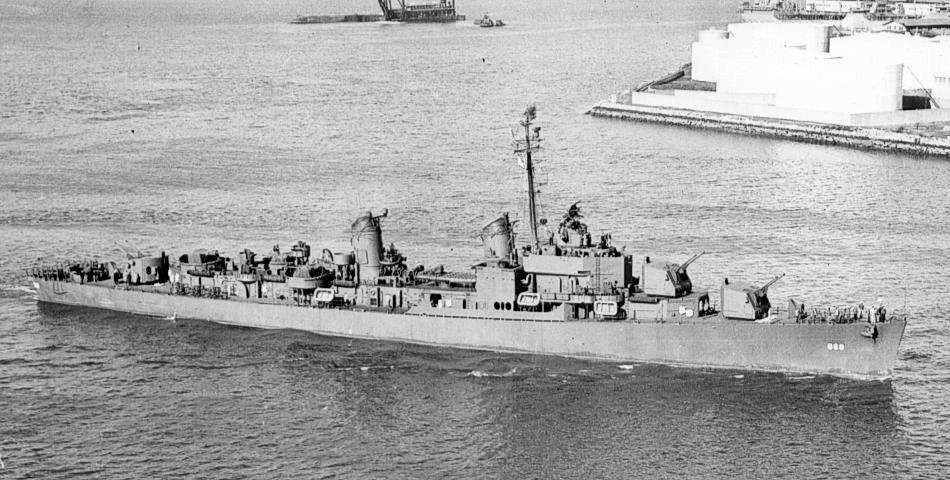
The USS Brownson underway around the time of its November 1945 commissioning. Note the radars and 5”/38 Mk 30 guns (Naval History and Heritage Command).
There was a thread of similarity between Willie Keith, the protagonist in The Caine Mutiny, and me. We were both new Ensigns and Communication Officers boarding our first destroyer. My first night watch at sea made me wonder if I had made the right decision. I remember trying to get dressed for the mid-watch as the ship’s bow went up and down like a rocking horse. Could I take three more years of this? It was obvious why the crew gave our ship, the USS Brownson, the moniker “Bouncing B.” Our radio call sign was “Grease,” but contrary to what the crew thought, it had nothing to do with their chow.
In the book the fictitious destroyer Caine was battered by a typhoon, but my ship had a different disaster. It happened during a gunnery exercise in my first month aboard. A Navy plane, out of Quonset, towed a target on a long line while our destroyer’s 5”/38 MK 30 guns tried to hit it. I was on the bridge at my station for general quarters watching for any traffic dead ahead while the senior officers observed the firing from the port wing of the bridge. As the plane flew by the ship, I noticed the twin barrels of the gun mounted just below the bridge swinging up and tracking the towed target aft. As the muzzles of the guns came closer to the bridge where I was standing, I knew something had gone wrong. A quartermaster, with head phones on, was standing next to me, oblivious to the moving guns. I grabbed the back of his collar and dragged him with me as I ran around to the shelter of the pilot house on the starboard wing, just as both barrels fired off.
The concussion of the blast blew the quartermaster off his feet and pieces of shattered Plexiglas from the bridge windows covered his body. The canvas cover over the bridge deck was blown to shreds and the wooden grating we had just been standing on was now a mass of splinters. My hearing was temporarily gone and I thought the quartermaster looked dead as he was not moving. After a few moments, however, the sailor slowly got up and shook the Plexiglas off his uniform like a dog shaking after a bath. He said he was ok, but wanted to know what happened. I soon found out that the mechanical stop had failed on the gun mount. My brother told me that his crew had the same mechanical failure on his destroyer, the Wilson, ten years before, and he was also on bridge at the time.
In January of 1955 our ship left Newport for the Charlestown ship yard near Boston. There we were to receive new radar antennas and have our torpedo racks removed. The torpedoes were not very practical for a destroyer and were suicidal against larger warships. I was happy they were removed as I had the menial task of checking the alcohol storage that was used in them. Once a month I had to take a flash light deep in the bowels of the ship, and with a dip stick, measure the level of the fluid in a bilge tank. Apparently, the Navy’s concern was that the alcohol might have been a temptation for the crew.
As my ship was being torn apart for the refitting, I was lodged in a bachelor Officer Quarters just sixty feet away from the USS Constitution, affectionately called Old Iron Sides. Each morning as I awoke and looked out the window I thought I was in the eighteenth century. During the month we had a change of command and received a new captain. I was sorry to see the old one go as he was my mentor and a great ship handler. Our new skipper must have risen through the ranks by being attentive to paper work because he was a terrible ship handler. On one occasion, for example, backing out of a slip he ripped off our whale boat. Our Executive Officer was a snarly old commander who talked with a distinctive nasal voice, much like Humphrey Bogart who played Captain Queeg in the Caine Mutiny movie. If I could meld the new Captain and the Executive Officer into one man, it would be a clone of Bogart playing Queeg.
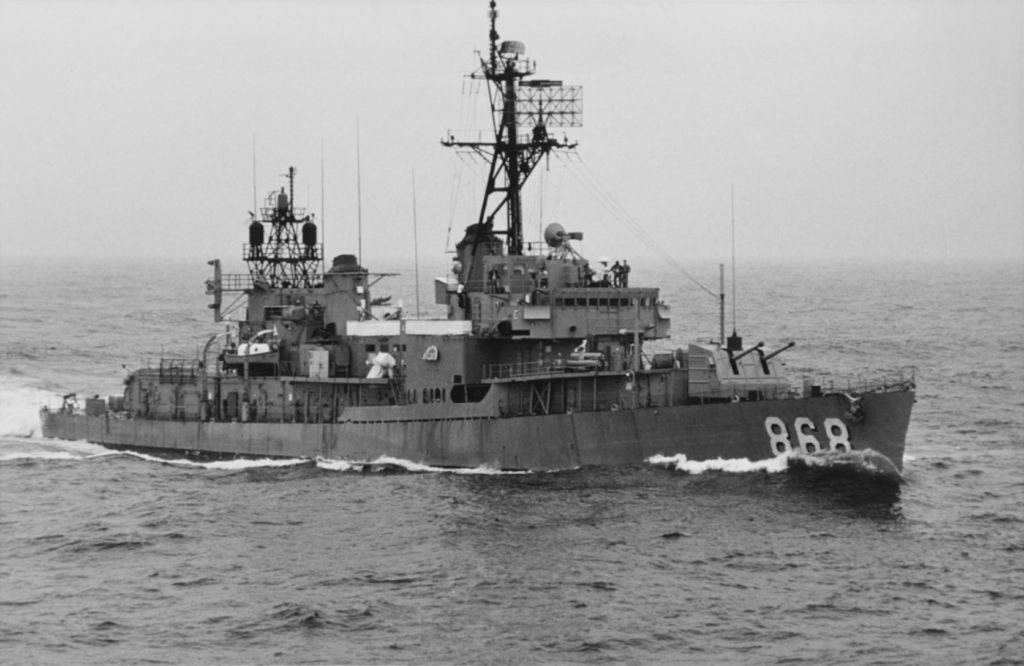
The USS Brownson underway at sea in 1975. The ship operated out of Newport for much of the time from 1948 to 1955. It was decommissioned in 1976 (Naval History and Heritage Command)]
On our way back to Newport, the Captain, inexplicably, decided to anchor off Provincetown at the end of Cape Cod. Unfortunately, our deck crew had not secured the final chain link to the ship and we lost the anchor, as well as hundreds of feet of chain. I am sure the new Captain was chagrined that we had to radio Boston to send out a tug and diver to retrieve the dropped anchor and chain.
While we waited for the tug, the Captain called me to his cabin and told me he had a love for lobster and he thought it would be a good idea to set some traps in Narragansett Bay. I was to take two men and the boat ashore in Provincetown to buy a few traps. I thought this very odd for a fighting ship to act as a fishing vessel and wondered if this was the reason we were anchored off Provincetown.
It was a bitter cold February day and I believed that this would be a fruitless journey as this summer colony was pretty much closed down. We did find an open bar and went in to have a drink just to get out of the cold. The bartender was helpful and gave us directions to one of his customers who built traps in his cellar. We found him and bought four traps, and the old fellow kindly helped us carry them back to the boat. At the ship they were hauled up to the fantail.
The trip back to Newport was uneventful—until the Captain found that the lobster traps were missing. If you remember Captain Queeg’s missing strawberries inquisition in The Caine Mutiny then you know what our officers and crew went through. No one would fess up, but I found out six months later that the Chief Boatswain Mate had been incensed when he saw the four traps on his freshly painted deck on the fantail. He personally kicked them overboard on the trip back to Newport.
I believe I became a competent destroyer officer. At General Quarters the captain trusted me to give commands to the helmsman for intricate maneuvers involving dual ship attacks during anti-submarine warfare exercises, gunnery shoots, etc., and I was only in my early twenties. Thinking back that seemed very young to control a 390-foot warship with 300 men aboard. There were good times, bad times, and humorous times, but always plenty of adventures.
[Banner image: The USS Brownson underway in the Atlantic Ocean in 1964. The destroyer (DD-868) served during the Korean War years (Wikipedia)]

